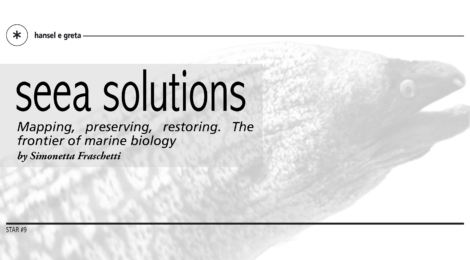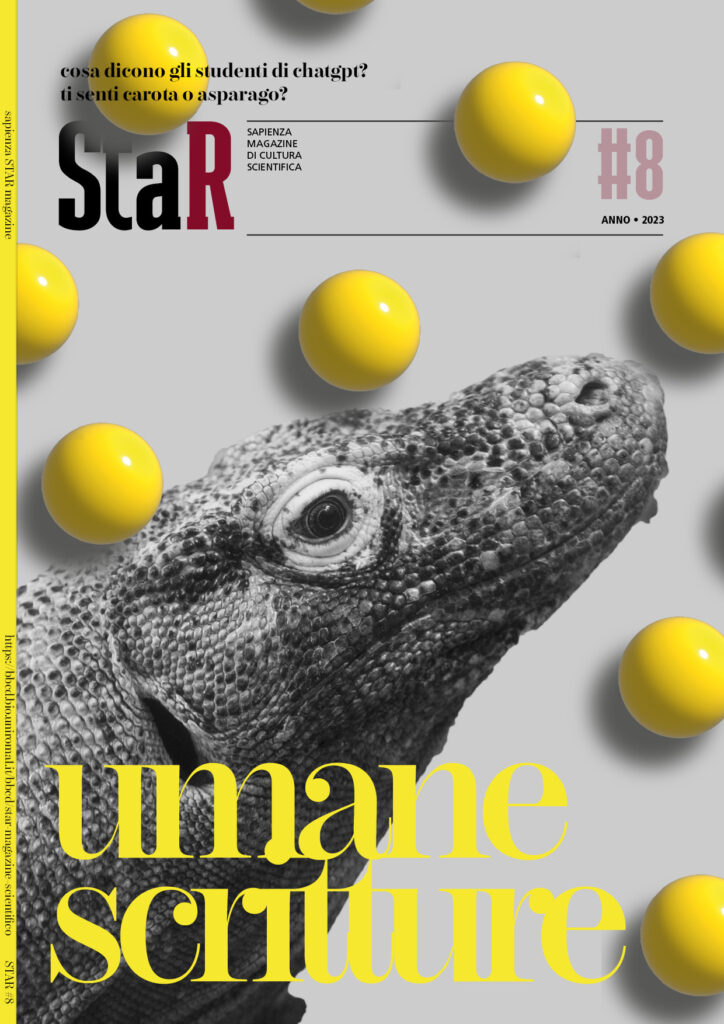
sera solutions (eng)
Mapping, preserving, restoring. The frontier of marine biology
Industrial fisheries caused the loss of 90% of the biomass of large predatory fish. Marine seabird populations declined at global scale by an average of 69% from 1950 to 2010. Certain groups, such as albatrosses and petrels, experienced even more pronounced declines. In Europe, I personally contributed to a marine habitat assessment showing that about the 80% of benthic marine habitats show signs of degradation and the extension of wetlands has been reduced by 50%. This clearly translates into a net loss of goods and services that the marine systems can provide when in good environmental status, with detrimental consequences for humans. Oceans are in serious peril.
These assessments are based on what we know, but our knowledge about the distribution of marine habitats is still extraordinarily scarce, especially in the deep sea but still in shallow habitats. Our understanding of the status of these systems is also extremely limited. We have maps of the 100% of the surface of Mars and the Moon while we know only about the 25% of the geomorphology of the bottom of our ocean, not to speak about the definition of water column habitats (i.e. the majority of the biosphere). Our knowledge is much less if we consider the biological component. Surely, this shortfall stems from the technical difficulties of observing and mapping marine species and habitats in a cost-effective manner, but it is also a matter of political decisions to invest much more on the search for extra-terrestrial life than on the life in our oceans.
We need solutions. The dramatic Covid experience showed that when humans make a step back, the recovery of natural systems is still possible. The same lesson comes from well-enforced and managed Marine Protected Areas. This suggest that solutions are still possible, but we have to be fast in considering that the sea is often seen as the next economic frontier, with new threats cumulating with the negative impacts of climate change. We need solutions since, by 2030, we have to attain the Good Environmental Status across the waters of all EU Member States, we have to reach the 30% of the marine environment under protection regime (with the 10% under full protection), and we have to restore the 20% of degraded habitats. These targets were not achieved in 2020 so they were moved to 2030.
In theory, we don’t start from scratch. In Europe, the adoption of the Habitats Directive, the Birds Directive, and the Water Framework Directive represented important opportunities to decrease disturbance to species and habitats. The Common Fisheries Policy, the Marine Strategy Framework Directive aims at achieving Good Environmental Status in the 5,720,000 km2 of European seas, shifted the focus on ecosystems, with the ecosystem approach. Several European countries are expanding Maritime Spatial Planning as an application of the Maritime Spatial Planning Framework Directive and of initiatives such as regional agreements or recommendations. Although the European directives are binding only to EU Member States, other countries outside EU tend to follow the same or similar policy measures.
As a scientist, I think that science is not the bottleneck: we produced solid knowledge, often with limited funding. But we also have some responsibilities: the fragmentation of the scientific community, due to over-specialization, and the chronic difficulty in sharing knowledge outside the Academia are important elements, increasing a substantial gap between science, lay people and policy makers. Moreover, economic lobbies are opposing sustainability policies. The business-as-usual scenario for environmental management and conservation need to drastically change. The recent position of several politicians stressing that things are not going well because of research and NGOs is simply paradoxical.
In Italy, the Next Generation Europe is bringing incredible investments towards the study of biodiversity (marine but not only) in terms of exploration, mapping, cost-effective monitoring, conservation, and restoration. The National Biodiversity Future Center is the Italian answer to the biodiversity crisis with the idea of catalyzing research, innovation and actions to improve the health of our seas in a One Health framework. This project can make the difference especially if the same effort will be upscaled at EU level. A holistic and interdisciplinary vision of the conservation and management of marine space that balances conservation and exploitation of the natural capital is central in the NBFC and can contribute in reversing the trends of loss we are observing at EU scale. In USA, the Stanford Center for Ocean Solutions (COS) has been funded in 2008 with the aim of creating the innovations needed to sustain ocean health in the face of multiple threats – translating insights from research into solutions at scale for oceans and people. This is a university-based centre, integrating leadership development to build a generation of ocean leaders who are equipped to work across disciplines and across sectors. We have to learn from our colleagues and going in this direction, as also proposed by the European Marine Board in its Navigating the Future Series.
Meanwhile, today, the European Parliament voted in favor of the Nature Restoration Law. A dramatic session with 336 votes in favour of the amended law and 300 against, with 13 abstentions. The regulation establishes binding targets in seven fields of action, such as farmlands, peatlands, pollinators and sea bottoms, with the goal of reversing the environmental damage caused by unchecked human activities and climate change, in line with COP 15 and the Green Deal. This might bring a change in vision but it also shows how divisive can be a sustainable policy towards the environment and the general interest.
Without this change in the vision about the importance of developing a sustainable economy in harmony with healthy ecosystems, the ambitious targets will never be reached. Neither in 2030 nor in 2050. Marine ecosystems in European seas and beyond need adequate conservation and restoration before it is too late, and here I strongly advocate for substantial advances toward the targets we set. The European Green Deal was a critical recognition of the need for rapid action for building resilience of human and natural systems against global stressors. The interest of a minority is acting against the interest of the majority. How many times do we have to repeat it?
Simonetta Fraschetti, marine ecologist and full professor of ecology at the department of biology of the university of Naples Federico II

















Commenti recenti